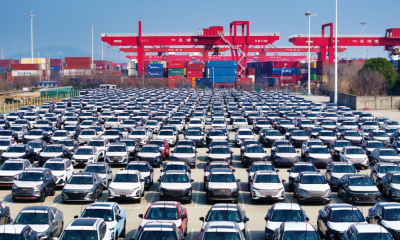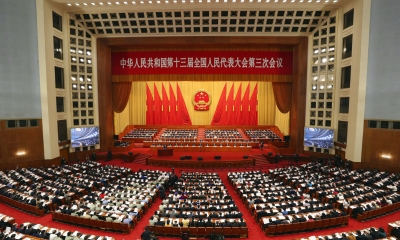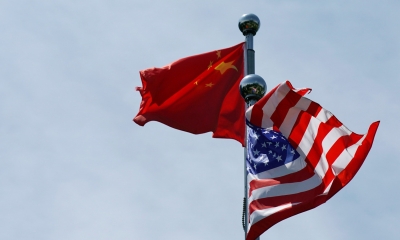China’s Growth Lifts Global Economic Outlook in Turbulent times
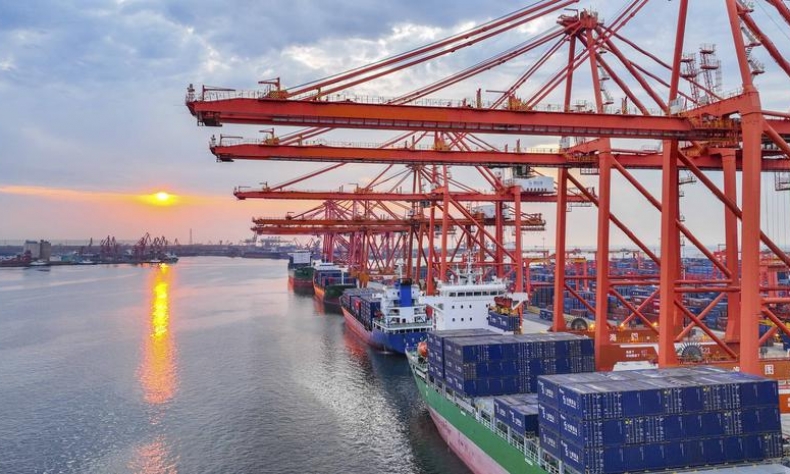
China’s robust and persistent growth and opening up will undoubtedly serve as a firm, powerful ballast stone against all the turbulence and headwinds in the world economy.
In the latest edition of World Economic Outlook (WEO) released on July 29, the International Monetary Fund (IMF) revised the world GDP growth estimate upward to 3.0 for 2025, 0,2 percentage points up on its April edition. It is a real surprise as the Trump administration’s global tariff is set to take effect at the beginning of August—it has been put off to August 7—which will cause serious headwinds in the world economy and trade.
Just three months ago, the IMF described a gloomy picture, estimating world output growth at 2.8 percent, 0.5 percentage point lower than in 2024, due to Trump’s reciprocal tariff. However, on the eve of Trump’s worldwide tariff taking effect, the outlook turned upbeat.
The 0.2 percentage point upward revision is predominantly the result of a sharp upward revision on China’s GDP growth rate by 0.8 percentage point, from 4.0 percent to 4.8 percent. As China accounts for 17 percent of world output, it interprets into 0.14 percentage point, or 70 percent of world output upward revision.
Tariff makes no difference in China’s trade growth
Trump announced the global “reciprocal tariff” and put a 145 percent tariff on Chinese exports to the United States. The WEO April edition was very pessimistic on China’s economy, with 4.0 percent growth for 2025. However, China reached an agreement in Geneva on May 12, scrapping the 91 percent tariff and suspending another 24 percent, leading to a quick rebound in Chinese exports to the U.S.
Even though, the first half of 2025 still saw the China-U.S. bilateral trade off 10.4 percent, with Chinese exports to the U.S. off 10.9 percent year-on-year. To world’s surprise, the fall in exports to the U.S. did not change Chinese worldwide export growth which still hit 5.9 percent during H1 2025, exactly the same growth rate for the whole year of 2024. In other words, the export fall to the U.S. has made no difference in China’s global export growth tempo, only resulting in the market shifts, with U.S. share in China’s global trade off 1.3 percentage points, and the share of ASEAN up 1.0 percentage point and Japan, South Korea, China’s Hong Kong and China’s Taiwan combined up 0.8 percentage point, thus easily taking up the share yielded by the U.S.

In early 2025, Morgan Stanley estimated the U.S. tariff on Chinese goods at 29 percent, causing 0.1 percentage point off in China’s net export contribution to GDP growth, and thus GDP growth for 2025 would be 4.0 percent. Ironically, the actual tariff level, at 30 percent after the Geneva talk, was virtually the same as MS estimate. But the economic performance was completely different. China’s net export contribution to GDP growth, at 1.65 percentage point, was 0.15 percentage point higher than that in 2024 (1.5 percentage points). China’s GDP growth rate was 5.3 percent y-o-y, 1.3 percentage point higher than its estimate. China’s outstanding economic performance during H1 2025 has proved both IMF and MS estimates wrong, and caused IMF sharp upward revision.
The strong growth in China’s GDP during H1, 2025, was powered by new productive force, symbolized by semiconductors, big data, AI, new energy technology, etc. and increased domestic consumption. Final consumption contributed 2.75 percentage points to GDP growth, compared to 2.2 percentage points in 2024. The government’s proactive fiscal policy and moderate loose monetary policy combined have accelerated both consumption, industrial production and external trade. China adhered to the open-door policy and made new strides in market diversification and the Belt and Road Initiative.
China’s good economic performance has not only benefited its own people, but also provided a strong engine to the world economy in the turbulent times.
China charts stable growth for the second half year
The Political Bureau of the CPC Central Committee had a meeting in Beijing on July 30, focusing on the current economic situation and work for the second half of 2025, in a context of preparing the 15th five-year plan starting 2026. The meeting endorsed the current economic policies and performances and pointed out new focuses and tasks.
The meeting urged a good job in economic work in the second half of the year, with a focus on stabilizing employment, businesses, markets and expectations, and effectively promoting the positive interplay between domestic and international economic flows. The main focuses include the following, among others:
First, implementing and refining a more proactive fiscal policy and a moderately loose monetary policy.
Second, on economic growth fundamentals, the meeting stressed the need to effectively unleash potential in domestic demand, spur consumption demand, encourage goods consumption while fostering new growth drivers of services consumption, while securing and improving people’s livelihood.
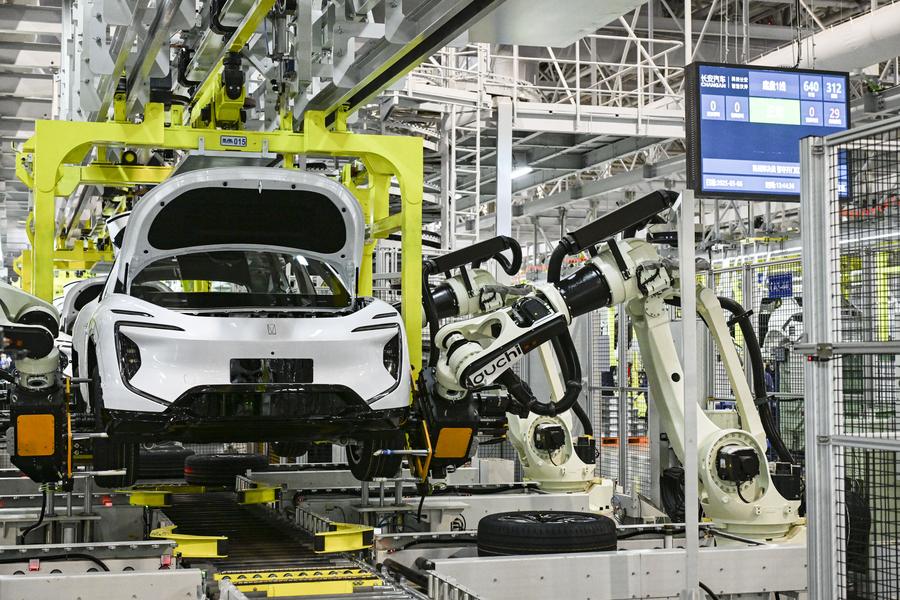
Third, the meeting called for efforts to accelerate the cultivation of emerging pillar industries with global competitiveness, promote the deep integration and development of sci-tech and industrial innovation, and push forward the building of a unified national market.
Fourth, high-level opening up should be expanded to stabilize the fundamentals of foreign trade and investment, and high-standard development of pilot free trade zones and other opening-up platforms should be advanced.
Fifth, employment-first policy should be effectively implemented to promote job opportunities and improve the multi-tiered and categorized social assistance system.
The meeting called on all government officials to carry out economic work in line with the new development philosophy, and encouraged entrepreneurs to gain market competitiveness through high-quality products and services.
It can be well expected that, the Chinese economy will maintain a solid momentum of high-quality growth, hitting the 5 percent GDP growth goal for the whole year 2025, thus contributing approximately 0.8-0.9 percentage point to world GDP growth. China will continue to uphold WTO rules and open its market to the world, in contrast to the U.S. unilateral tariffs and restrictions. As China accounts for 17 percent of total world GDP and close to 15 percent of world merchandise trade, its robust and persistent growth and opening up will undoubtedly serve as a firm, powerful ballast stone against all the turbulence and headwinds in the world economy, and support a sustainable world development for the years to come.
The article reflects the author’s opinions, and not necessarily the views of China Focus.
 Facebook
Facebook
 Twitter
Twitter
 Linkedin
Linkedin
 Google +
Google +




